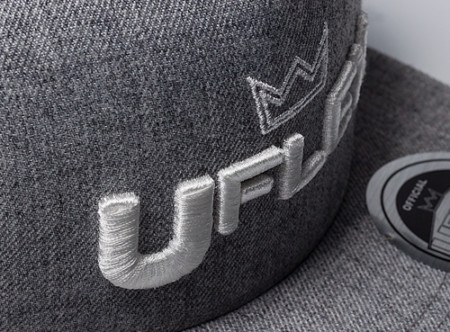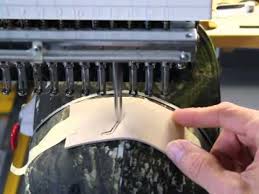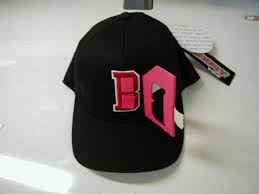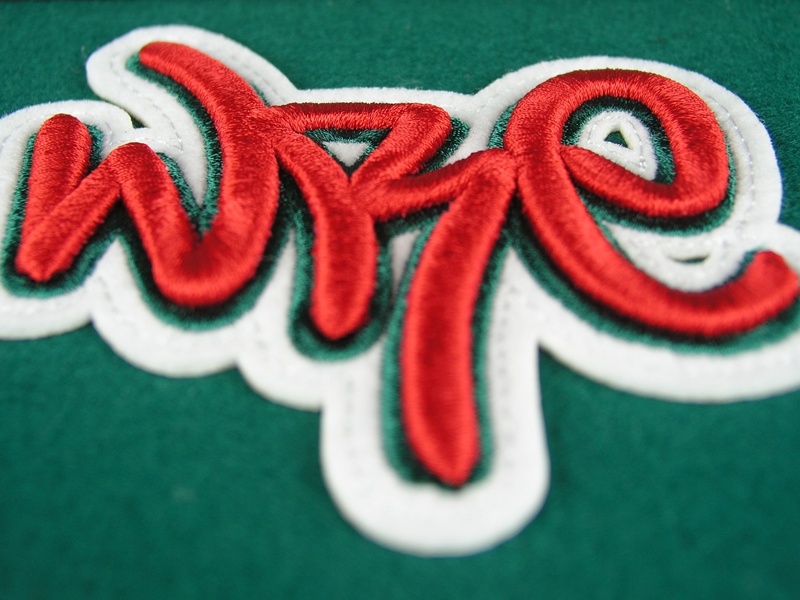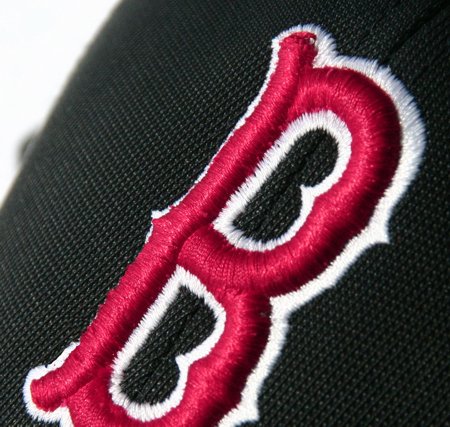You must have come across those sturdy and thick designs on baseball caps or on snap-backs. Aren’t those protruding 3d designs cool? They surely are but what goes in embroidering those designs is what we will be looking at today.The profound 3D effect comes from the use of 3d embroidery foam. This is where the name 3D puff embroidery comes from.The use of puff increases the height of design and thus, by increasing the depth, it renders the 3D-effect.
Like any technique that you are just starting at, start to 3D embroidery is also a baffling affair. But like any other skill, your way out is practicing more and identifying areas that you need to improve.
There is an ever-increasing demand for 3d designs over the past few years, especially with caps and hats. Adhering to the best practices of 3D embroidery means producing better results and low production costs and time.
Mastering 3D embroidery means having an edge over your competitors. Therefore, here are best practices for 3D embroidery:
Decide Optimum Machine Speed:
Deciding an optimum machine speed is important as it has an impact on the quality of embroidered designs.Many a time you will be required to slow the speed as compared to your normal orders.
The optimum speed for each machine is different. Try few tests runs with different speeds and figure out an optimum speed that gives out the best results.
Choice Of Fabric:
Avoid using delicate and slippery fabrics with 3D puffs. There are two reasons for it.
Firstly, the fabric is more susceptible to in-hoop movement while working with foam. Secondly, the stitch density in 3d puff embroidery is higher than normal designs.
Consequently, thick, and stable fabrics, like the ones in caps, are preferred. Lofty fabrics like towels also do not go well with 3D puff embroidery. Their own loft fades the 3d effect and thus fails to cater a captivating design.
Choosing Sharp Needles:
When working with 3D designs, choose sharp needles which can easily make perforations through the foam. Easy and more perforations mean that foam can be easily removed afterward.
Choice Of Foam:
The choice of foam mainly depends on the height of design you want to embroider. The more 3d or protruded effect you want, thicker should be the foam and hence, more will be the height of design.
Thick foams, though create louder designs, are difficult to work with. The thicker a foam is, the more it hinders the smooth functioning of the machine.
Therefore, very thick foams should never be your pick. Especially when we are talking about embroidering at the commercial level.
Embroider Flat Design First:
Firstly, start with normal designs on your fabric. This will be done as you would normally embroider a material.If it is a cap, which will often be the case, take care of all the important factors that play a role during embroidering a cap.
Learn more: Custom Hat Embroidery – Challenges, Problems, and Solutions
Create a stop:
Create a stop once you are done with the flat design.
Learn how to program stops in your machine as this is something you will need a lot in your career and specifically, while you are dealing with 3D puff embroidery.
On color changes, you need to make sure that machine provides proper stops.
Laying The Foam:
Stick the foam on top of the fabric with either a tape or sticking spray. The purpose of this is to keep the fabric in position and resist underneath movement.
Sew The Outline:
Before embroidering with satin stitches, create an outline of the design. This outline will now stabilize the area that is just going to be embroidered.
Due to the foam, there is an increased instability to the set-up. Foam is stuck to the fabric for the very same reason. Stitching an outline counteracts this innate instability by providing the ‘cut’ in foam.
Remove Excess Foam:
Once the design is done, remove the excess foam. If there are little pieces of puff that are too rigid to be removed with bare hands, apply a heat source.
Use a heat gun to remove the foam. It is possible that some puff bits remain stuck. Weed them out through tweezers.
Include Test Runs:
Whenever you are dealing with a new design, try sewing out some test runs. Compare different variants and finally choose what works best with the fabric and equipment.
For inexperienced embroiderers, this drill also serves as their practicing ground. It allows them to evaluate what works and what doesn’t work that well. It enables them to harness optimum conditions for the actual sew-out and for similar future jobs.
Stitch Density:
Stitch density of 3D puff embroidery is kept higher than normal flat designs. When we say, high density we are essentially referring to the satin stitches that come on top of the flat design.
Underneath stitches should have a normal stitch density. Most computerized embroidery machines have this ability to manage multiple manage stitch densities and enabling you to keep underlay stitches close and tight.
Increased stitch density of top satin stitches as compare to underneath stitches, allows the design to have an enhanced “3D-ish” effect.
3D Embroidery Digitizing:
Digitizing for 3D embroidery designs is tricky as well as an integral part of the process.
Use longer stitches while working on 3D embroidery designs. Digitized designs with strong underlay border and satin stitches work best with puffs.
A digitizer should understand that not every design will work on foam. There are additional considerations that a digitizer should keep in mind while working with 3d designs. For instance, excessive underlay will not work with a 3d puff.
It is important that you work with a digitizer who knows these differences in and out and is well-adept with his job role. Try finding a digitizer who has a vast experience of working with different designs
See: 5 Tips to Outsource a Quality Embroidery Digitizing Service
We are a professional embroidery digitizing service with years of industry experience. With a team of experienced and skilled embroidery digitizers, we are capable of taking care of all your digitizing needs. Connect with our embroidery digitizing team and you will not have to ever find another cheap digitizing service.



